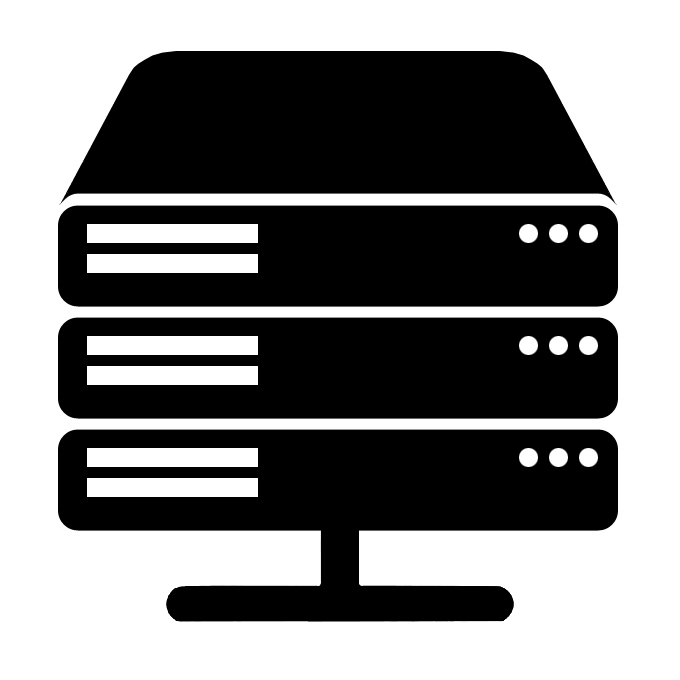The purpose of the audit is to identify security weaknesses, performance issues, and compliance concerns. The network audit involves a comprehensive examination of network components such as routers, switches, firewalls, servers, workstations, applications, and network cabling. The audit also verifies the integrity and accuracy of hardware and software configurations and identifies outdated systems and applications that may be prone to security risks. The network audit will review and evaluate the entire network infrastructure of businesses.

Inventory Creation and Management
A successful network audit should begin by compiling a comprehensive list of all hardware and software existing on the network, both physical and virtual. Taking into account all relevant locations is paramount in ensuring an efficient audit.

Unearthing Antiquatedness
To proceed, it is necessary to assess if any technology is antiquated, no longer up-to-date, or reaching its end of life. This may involve hardware, such as routers, switches, and firewalls, but can also include software, licenses, updates, and support.

Network Architecture
By mapping the connections and associations between locations and elements within a network, network diagrams make identifying and resolving any issues quickly and easily possible. The visual layout of these diagrams also serves to provide an immediate understanding of the system's architecture.

Network Security and Robustness
The significance of network security in the auditing process cannot be overstated; it's up to the client to determine whether to devote only minimal attention to cyber security or undertake a far more thorough evaluation.
Now is the time to act and safeguard your network against potential cyberattacks and data breaches. Don’t become another statistic, inquire today and secure your data integrity.